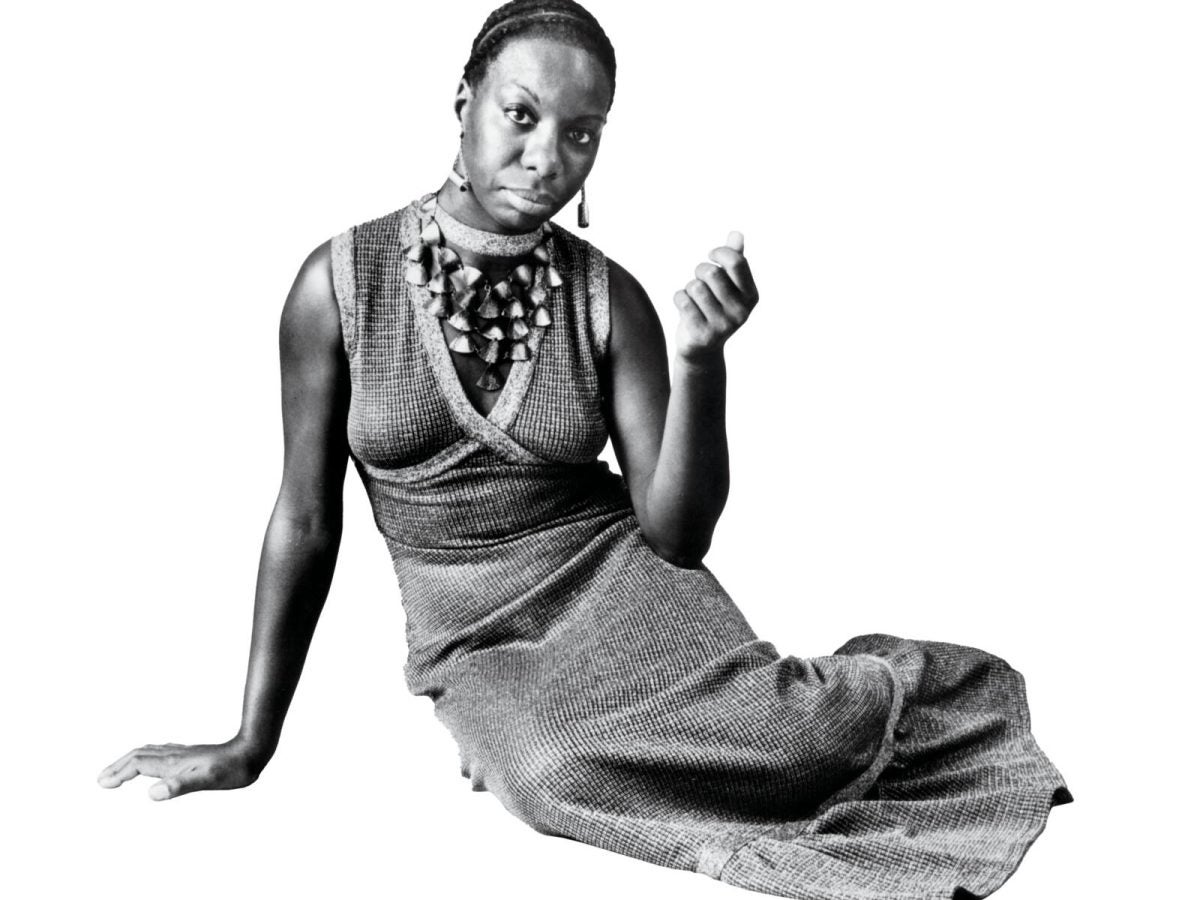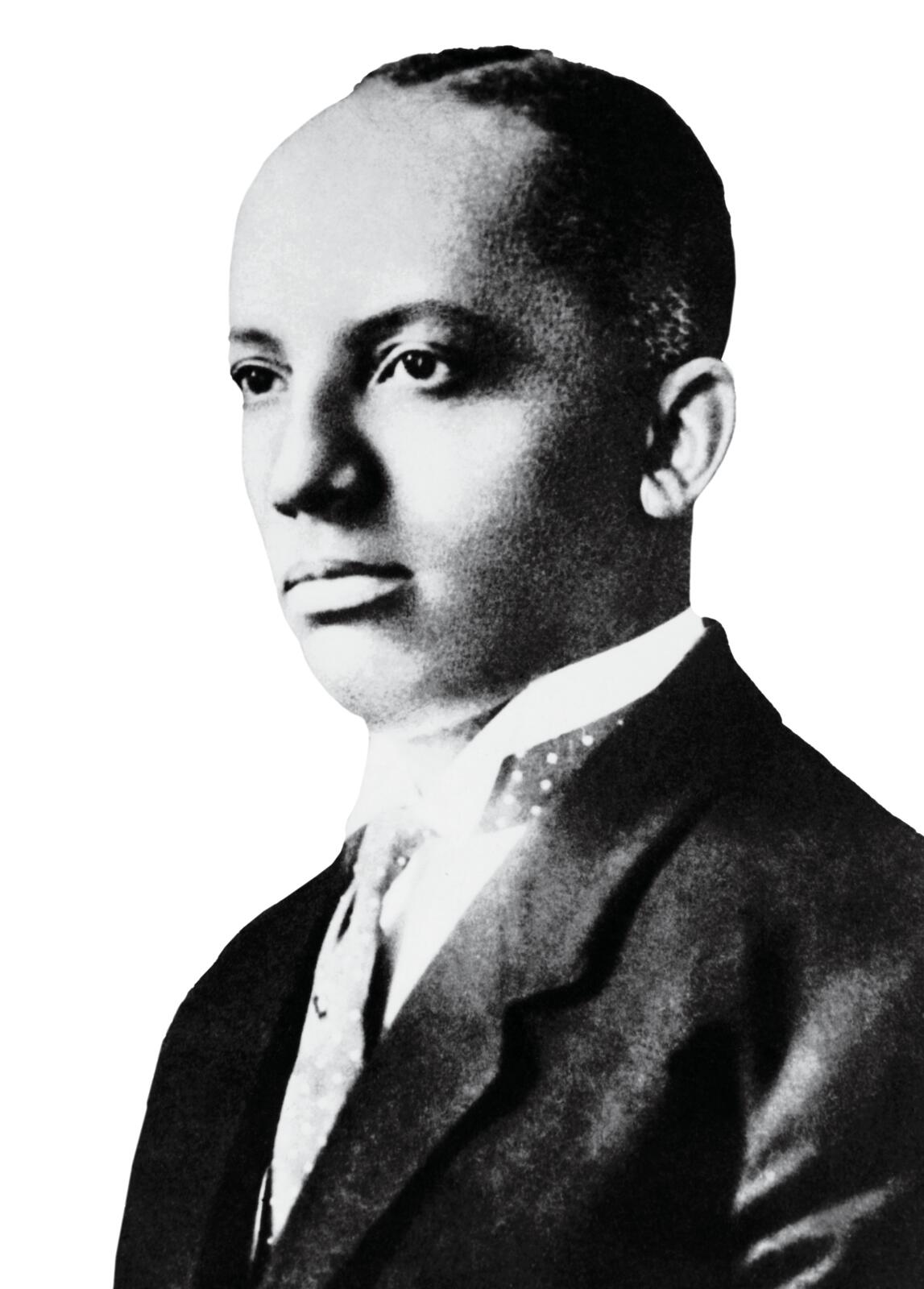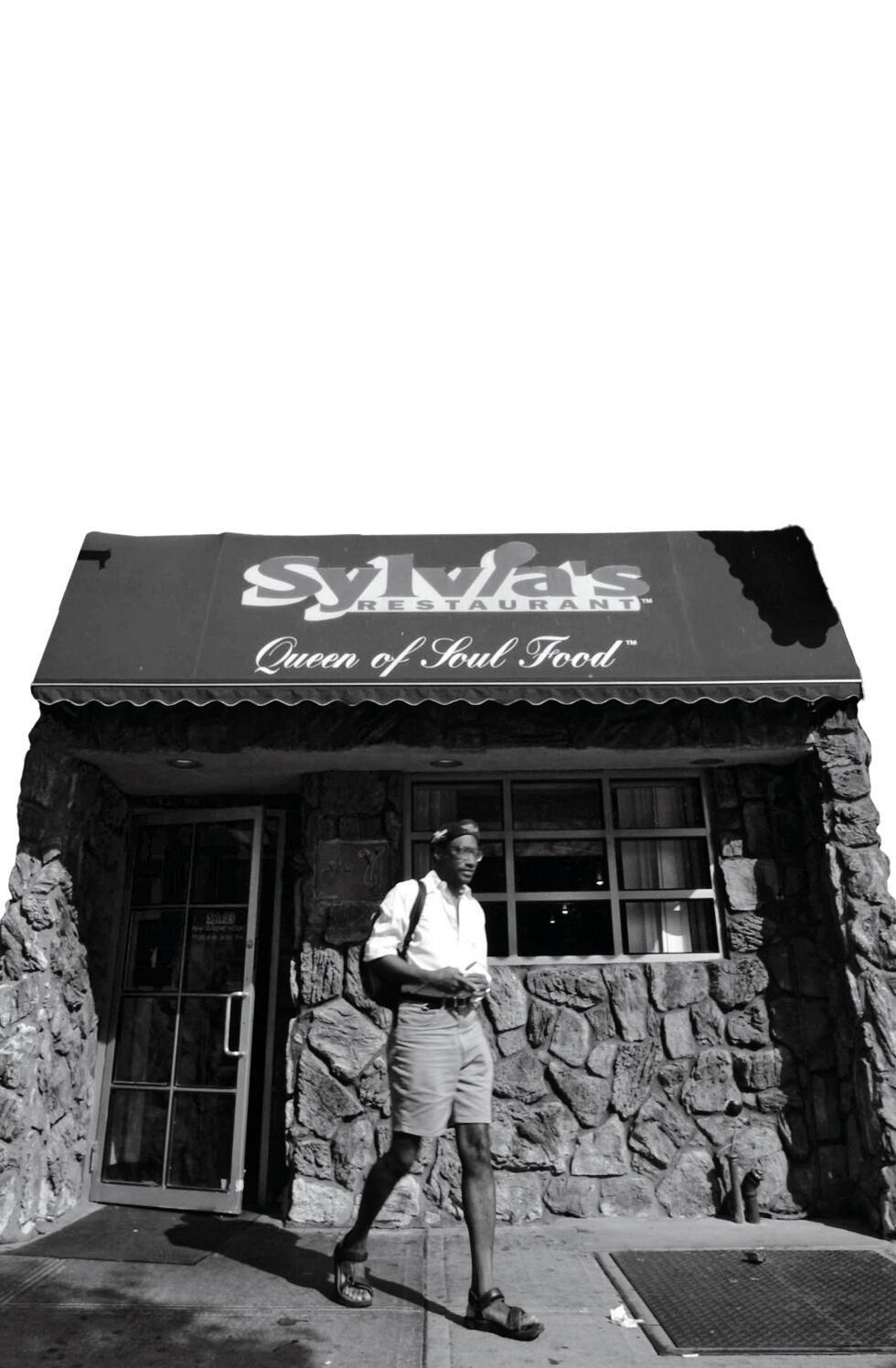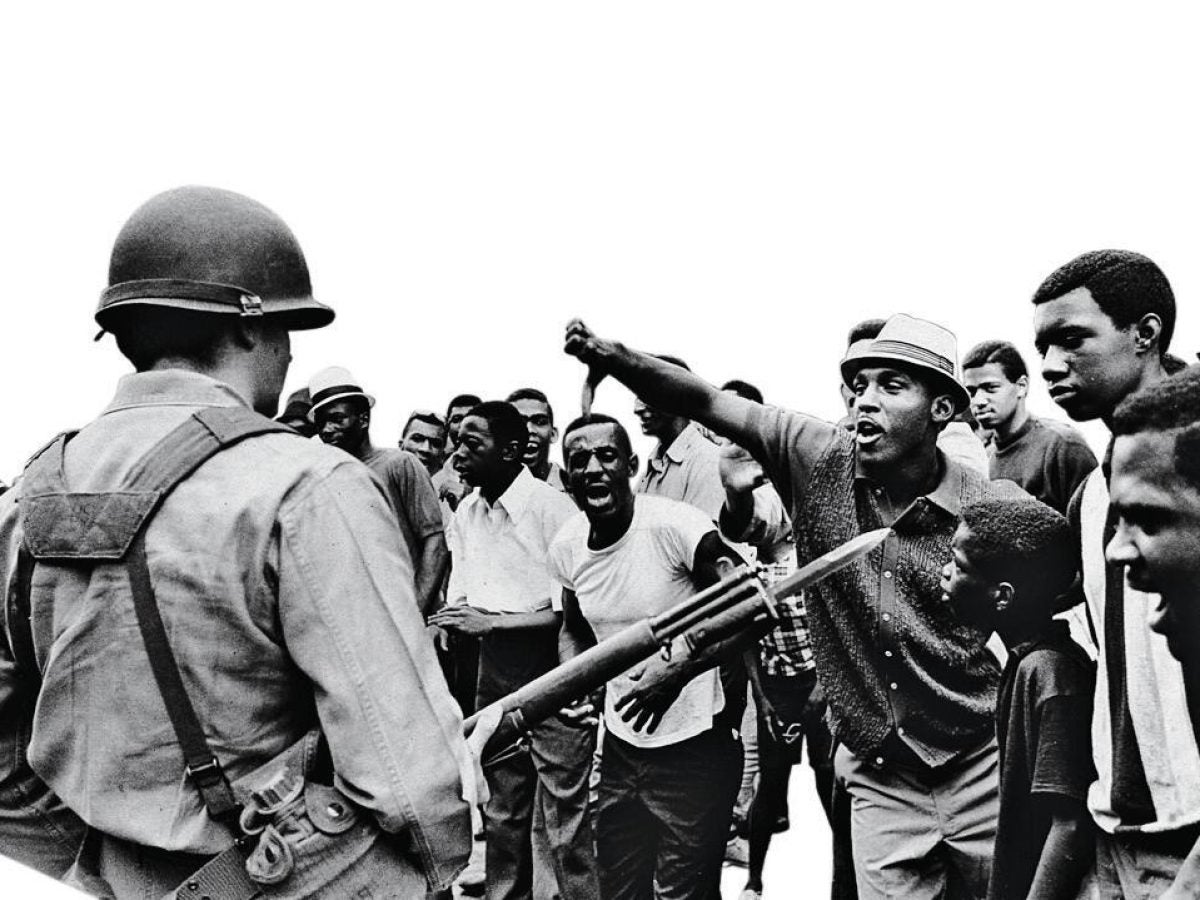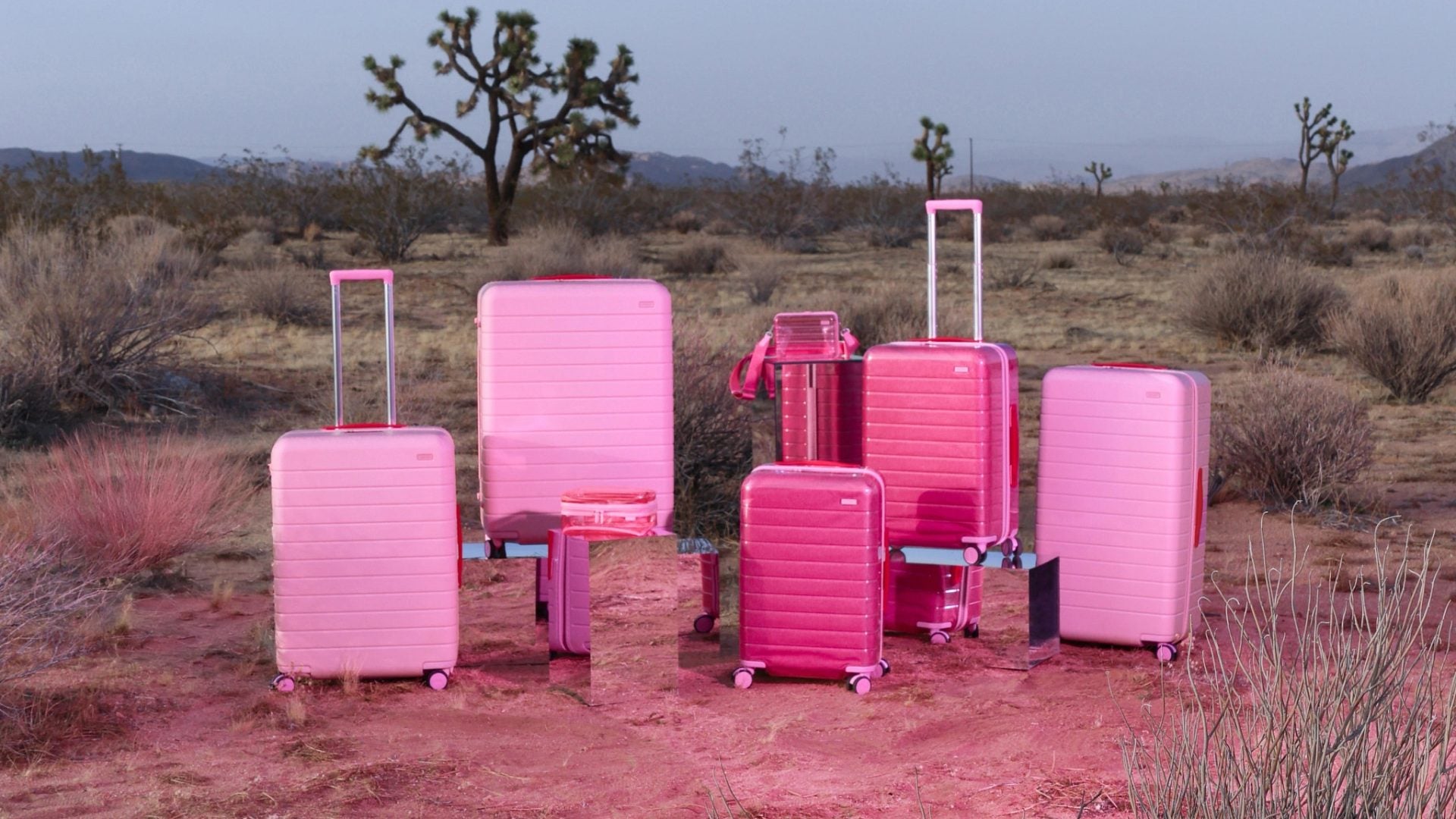I was in the eighth grade when Lauryn Hill’s debut solo album dropped. At that age, I couldn’t fully grasp the complex emotions she’d felt while writing the songs as a twentysomething pregnant with her first child. Yet after a couple of listens, I was hooked on “The Miseducation of Lauryn Hill.” The album played on repeat on my mom’s multi-disc CD changer, in our living room in Stone Mountain, Georgia—far away from New Jersey, where one of our generation’s most-cherished artists was raised.
The album offered a wealth of material for critics to dig into as they heaped praise on Hill’s seminal musical effort. There were the socially conscious themes and the mesmerizing production values. There was also tenderness and grit, vulnerability and assertiveness, neosoul’s yin to hip-hop’s yang.
But what was the inspiration that fueled Lauryn, the artist?
Seeking answers, we reached out to the man whom Hill asked to contribute to her award-winning album 25 years ago: Ras Baraka, currently the mayor of Newark.
Back in 1998, when the celebrated LP was released, Baraka was a poet, writer and elementary school teacher. He recalls that he was driving through the city after coaching basketball practice when Hill called on his cell phone and asked him to detour to record interludes for her album. That unexpected request led to his facilitating wise insights on love from a group of young students.
The lifelong educator turned politician is still dropping knowledge as he reflects on the city, and the influences, that helped shape the artist who created the masterpiece we still celebrate today. Read the gems he shared about Lauryn and her hometown.
01
01
Nina Simone
“We listened to Nina Simone together,” Baraka recalls. “It’s not like magic or happenstance that Lauryn began to talk the way she talked. Just being around specific people creates the kind of political education that inspired some of the content of the album.”
Article continues after video.
02
02
The Mis-education of the Negro
Lauryn drew inspiration for the album title from Carter G. Woodson’s 1933 book, The Mis-Education of the Negro, which highlighted the failure of the school system to properly teach Black people their history. The more things change…
03
03
Sylvia’s restaurant
Baraka first met Lauryn at Sylvia’s restaurant, in Harlem while she was sharing a meal with writer Sister Souljah. “That circle she was in at the time was highly socially and politically advanced,” Baraka recalls. “All of those things found their way to the album.”
04
04
Ras Baraka
Lauryn asked Baraka, son of iconic poet Amiri Baraka, to guide young students in exploring their thoughts on love, as expressed in her famous interludes. “Just teach it like you’re teaching a class,” she said.
05
05
Newark’s Rebellion
When Lauryn recorded her album, the city was still healing from an uprising that had devastated Newark three decades earlier. “We were still recovering from the rebellion that happened in 1967, so there were a lot of burnt-out buildings and vacant properties,” Baraka says.
This was the urban backdrop that gave us Lauryn Hill and her groundbreaking album.
06
06
“Hoodaville”
In “Every Ghetto, Every City,” Lauryn names places like “Hoodaville,” notes Baraka—using the nickname for the Vailsburg area, where her musical collaborator, Wyclef Jean, attended his father’s church.
07
07
Living Room Lessons
The students didn’t record their reflections in a classroom. Instead, they were in the living room of Lauryn’s house, where a blackboard was set up in front of the couch. Baraka spelled out L-O-V-E on the board and invited students to candidly share what the word meant to them.

